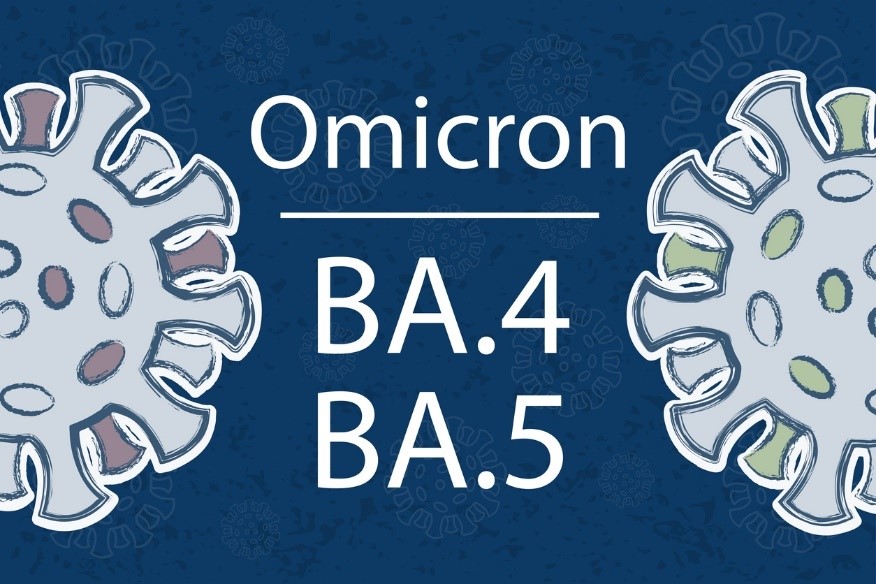Treat Osteoporosis, But For How Long?
A task force of the American Society for Bone and Mineral Research has released guidelines on the optimal duration of bisphosphonate therapy in patients with osteoporosis.
Published in the Journal of Bone and Mineral Research, the guidance recommends that clinicians consider reassessing a woman’s fracture risk after 5 years of oral bisphosphonates or 3 years of intravenous therapy. For women at high risk (e.g., low T score, previous osteoporotic fracture), oral therapy may be continued for up to 10 years or IV therapy for up to 6 years; continued treatment can prevent bone loss and reduce risk for vertebral fractures. However, fracture risk should be reassessed every 2 to 3 years during this extended treatment.
For women determined to be at low risk after 5 years’ oral or 3 years’ IV therapy, treatment may be discontinued, but fracture risk should be reassessed periodically.
The authors note that the above recommendations were based on two randomized trials that evaluated oral alendronate and IV zoledronic acid in postmenopausal (most white) women.


